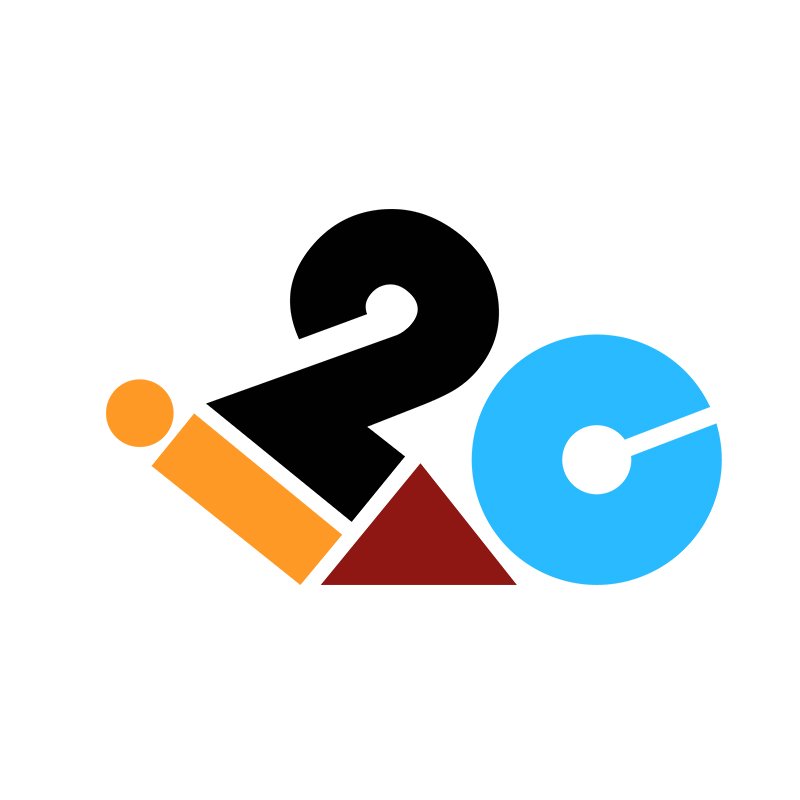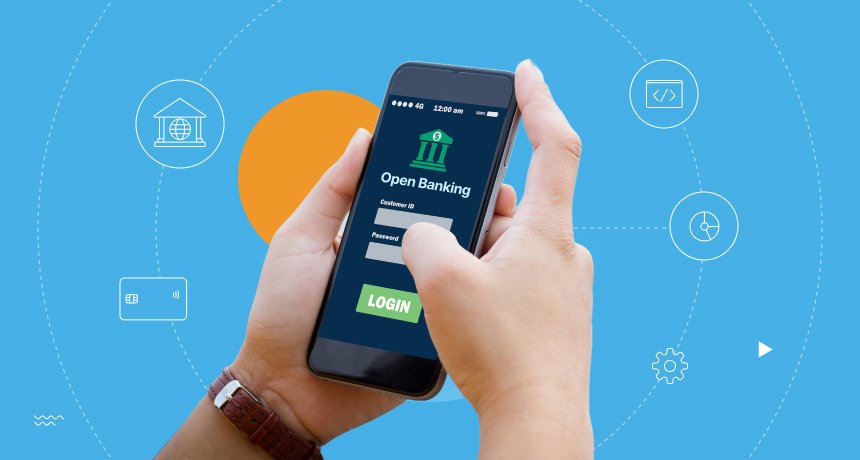In the rapidly evolving landscape of financial services, banks are at a critical juncture. The traditional approach to managing consumer financial data is undergoing a significant transformation, challenging banks to adapt or risk falling behind. The inconsistency in data management standards across the industry not only hinders customer satisfaction but also places banks at a competitive disadvantage.
Large incumbent banks, in particular, face scrutiny for practices that may involve imposing unnecessary fees or limiting information access, creating barriers for customers seeking to transition to other financial institutions. This environment strains customer trust and impedes the competitive growth of small and mid-sized banks.
Recognizing these challenges, the Consumer Financial Protection Bureau (known as CFPB) proposed a solution in October 2023: the Personal Data Financial Rights Rule under Section 1033 of the Consumer Financial Protection Act.
This rule aims to level the playing field by ushering in an era of open banking. Open banking presents an opportunity for small to mid-sized banks to reinvent their relationship with customer data, turning a potential regulatory challenge into a strategic advantage.
As banks grapple with these impending changes, it is crucial to understand the CFPB’s open banking rule and its implications.
What Is the CFPB Open Banking Rule?
The rule would begin the process of fixing the customer data problem in banking. The rule prevents banks from hoarding personal data and mandates the sharing of that data with other institutions — even competitors that would offer better products and services to consumers.
The rule is expected to be finalized in 2024, and compliance will move in stages, starting with larger banks. Small and mid-sized banks without existing digital interfaces would be exempt from the requirements.
How Would CFPB 1033 Affect Your Customers?
The rule would put financial data under the control of consumers, not banks. It would offer some specific advantages to banking customers. Specifically, the CFPB regulation would:
- Remove unfair fees. Currently, banks can charge junk fees to make it more difficult and expensive to access personal financial data. The rule would forbid this practice, giving people free access to their financial data.
- Unshackle them from bad service. One challenge of moving from one bank to another is transferring financial information, especially when the incumbent bank fails to cooperate. The rule would streamline the process of consumers — and their data — “breaking up” with bad banks and moving to better ones.
- Establish a legal right to data sharing. The rule would establish a legal right for banking customers to share their data, including account and credit card information, with potential banking partners. It would also make it easier for consumers to manage data from multiple providers.
Why Accelerate Digital Banking Transformation to Prepare for the CFPB Regulation?
Larger banks will be hit hardest and fastest by the rule. They have the most to lose and the least to gain from open banking compliance. But their loss could be your small to mid-sized bank’s gain.
If your bank has no or minimal customer digital interface, it might be tempting to keep it that way, especially because it would result in higher standards for customer data stewardship under the CFPB open banking rule.
But in fact, some of these restrictions could present unique opportunities to build trust and relationships with new and existing customers. Here are some ways the proposed rule could impact small and mid-sized banks:
- A consistent standard means a more level playing field. Though national banks might have reason to fear greater controls on the ways customer data is collected and stored, small and mid-sized banks could benefit by offering competitive services and less friction as consumers migrate from larger institutions.
- Greater customer control also means opportunities for customization. Though the rule would give customers the ability to immediately revoke access to data, it would also give small and mid-sized banks opportunities to serve customers through the kinds of data access that meet their needs in the form of customizable interfaces, dashboards, apps, and software.
- Forbidding risky data surveillance and collection practices can support greater security. Though the CFPB open banking rule would steer the market clear of practices like screen scraping and targeted or behavioral advertising, it would also give small and mid-sized banks opportunities to put into place more secure and customer-focused ways of collecting and using customer data.
How i2c Can Help Banks with Digital Transformation
As important as it is for your bank’s long-term strategy, digital transformation is not a place to gamble. Your bank needs a proven partner with expertise in delivering digital innovation in banking, providing solutions that can serve customers, meet emerging standards like open banking, and drive sustainable profits.
At i2c, we specialize in helping banks with their digital transformation strategies, moving institutions like yours into the 21st century, and helping them stay competitive amidst rapidly changing technologies, standards, and client expectations. We offer products and services like:
- Omnichannel customer experiences. Today’s banking customers expect communications and experiences ranging from in-person and email to call center and mobile so that they can do their banking at the times and places that work for them.
- AI and machine learning. As AI becomes more common in banking spaces, your customers want to see your bank leveraging the latest technology to enhance security and increase the personalization of service and product offerings. With i2c’s help, your bank can stay on the cutting edge of emerging digital technology.
- Robust products and services. We offer mobile wallet integration, digital deposits, Buy Now Pay Later, cryptocurrency, and more. You know your bank and customers better than anyone. That means you can work with i2c to develop a portfolio of products and services your customer base will love.
Why not reach out today and start the conversation? Together, we can design and implement a digital transformation strategy that is compliant with CFPB 1033 and the open banking framework while exceeding the expectations of your current customers and positioning your bank to compete with larger financial institutions.


